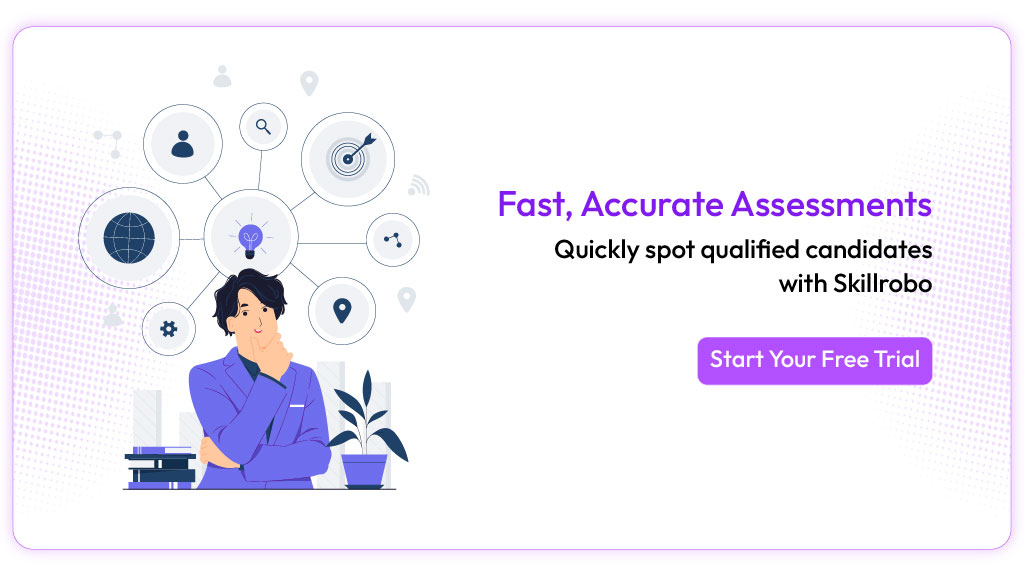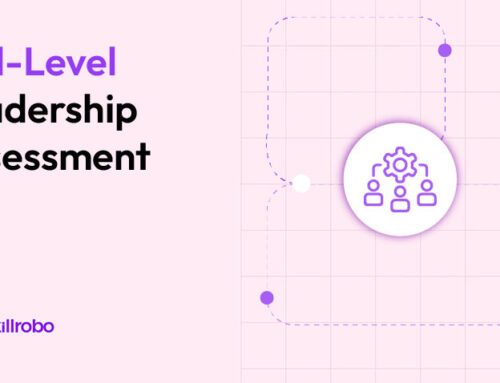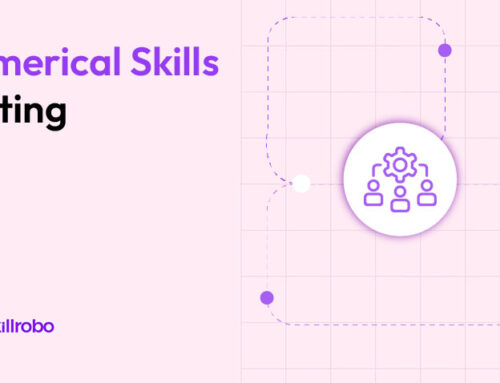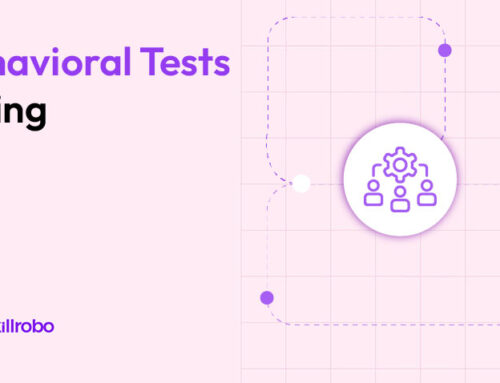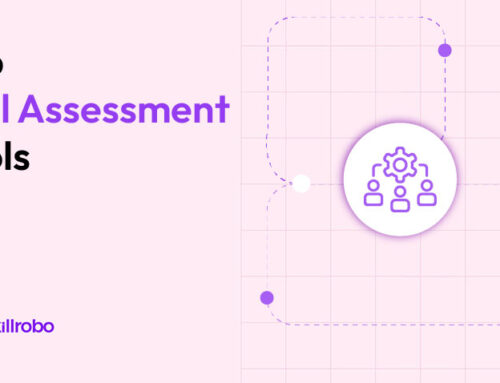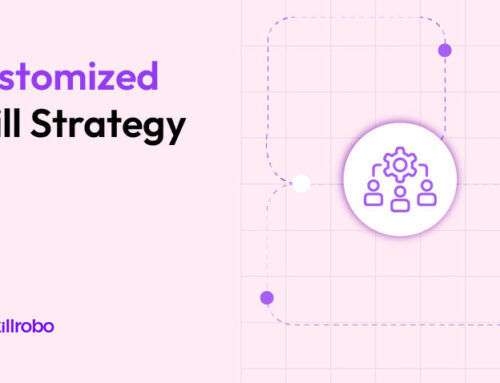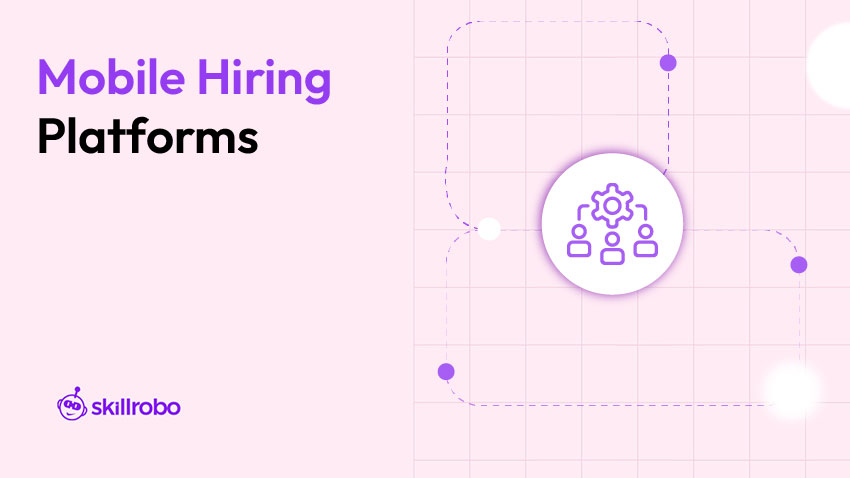
Key Takeaways
- Mobile-friendly assessment tools increase participation and completion rates by allowing candidates to take tests anytime, anywhere.
- Optimized platforms reduce technical barriers, offering smoother navigation, faster load times, and minimal device-related distractions.
- Mobile compatibility is crucial for reaching a broader talent pool, including on-the-go professionals and remote candidates.
- Tools with mobile-responsive design and instant analytics help recruiters stay agile, efficient, and ahead of hiring bottlenecks.
Why Mobile Compatibility Matters in Talent Assessment
Gone are the days when candidates had to sit at a desk with a desktop to complete their assessments. Today’s hiring landscape is fast, fluid, and remote-ready, and mobile accessibility has become non-negotiable. Whether a candidate is applying between meetings, commuting, or multitasking, mobile-compatible online talent assessment tools for candidates ensure a frictionless experience from invite to submission.
More than just a convenience, mobile compatibility increases completion rates and ensures you’re not losing great talent due to a poor user experience. Especially for entry-level and hourly roles, mobile-first assessments can be the difference between application abandonment and successful screening.
What Makes an Assessment Tool Truly Mobile-Friendly?
A tool isn’t truly mobile-friendly just because it “opens” on a phone. Mobile-first design must prioritize the entire candidate experience, especially in fast-paced or distributed hiring environments.
Here’s what defines a genuinely mobile-optimized platform:
- Responsive design that eliminates awkward scrolling or zooming and keeps visuals clean across devices.
- Touch-friendly controls, such as slider-based inputs, swipe gestures, and large tap zones for error-free navigation.
- Optimized speed and data usage, crucial for candidates taking tests in low-bandwidth or rural settings.
- Autosave capability ensures no progress is lost during signal drops, maintaining a seamless experience.
A great example of performance-focused optimization can be found in cloud-based aptitude tests, which are built for enterprise-scale testing across devices with minimal latency. The platform also supports mobile-compatible question formats, like drag-and-drop ranking and vertical logic flows—ideal for testing communication or problem-solving without forcing candidates onto desktops.
Additionally, platforms must align mobile delivery with inclusive design practices. For instance, a candidate in a customer support role might need to take a test mid-shift from their phone. Pre-employment assessments for entry-level roles highlight how critical it is for these tests to load fast, work offline, and adapt instantly to touch screens.
Top Use Cases for Mobile Assessments
The rise of mobile assessment tools isn’t just a convenience—it’s a strategic necessity. Here’s where they offer the most value:
1. Retail, BPO, and Field-Based Hiring
Many candidates applying for pink-collar or high-volume jobs don’t use laptops. Mobile-first assessments, such as call center tests, enable on-the-go access without setup delays, making applications accessible and equitable.
2. Campus Hiring & Internships
College students expect tech-savvy processes. QR-enabled mobile assessments or WhatsApp test links streamline applications during campus drives, enabling quick screening and faster conversions.
3. Remote and Distributed Teams
Hiring across geographies requires time-zone-neutral and mobile-ready workflows. With asynchronous access, mobile-friendly tools allow recruiters to evaluate candidates anytime, anywhere, even during travel or commutes.
4. Passive Candidate Pipelines
For professionals who aren’t actively job hunting, convenience matters. A short, mobile-optimized skill test serves as a low-friction way to engage them, especially in high-demand creative or technical roles.
A quick scan through the best online talent assessment platforms shows that mobile-readiness is no longer optional—it’s a core feature that affects both completion rates and employer branding.
Features to Prioritize When Choosing a Mobile-First Tool
Selecting a truly mobile-first talent assessment platform means going beyond basic compatibility. The goal is to ensure an engaging experience for candidates, without sacrificing data depth or security for hiring teams. Here’s what to prioritize:

1. Adaptive Question Formats
Your tool should support a wide variety of test types that adapt smoothly across devices. Whether you’re delivering cognitive aptitude tests, behavioral assessments, or even video-based responses, candidates must be able to complete each question without formatting glitches or scrolling fatigue. Drag-and-drop tasks, slider-based inputs, and simple tap gestures should all function flawlessly on mobile, ensuring high engagement and completion rates.
2. Security & Proctoring
Just because a test is mobile doesn’t mean it should be vulnerable. The platform should include robust proctoring capabilities, such as:
- Tab-switch detection
- Periodic snapshot or webcam monitoring (when permitted)
- Identity verification workflows
- Location/time-based access controls
These features help maintain test integrity even when assessments are taken from personal devices outside traditional settings.
3. Custom Branding & Messaging
Every candidate touchpoint is a brand experience. A modern mobile-first platform should let you customize the interface—add your company logo, tweak test instructions, apply your color palette, and even personalize the welcome and thank-you screens. Branded testing environments build credibility and trust, which is especially valuable when testing passive candidates or top-tier professionals.
4. Real-time Analytics
Recruiters shouldn’t have to wait until all tests are completed to gain insights. The best platforms provide live dashboards that show:
- Completion status across candidates
- Drop-off points within specific questions or test sections
- Average scores per skill category
- Device usage patterns (mobile vs. desktop)
These insights allow hiring teams to iterate quickly, address test friction, or refine question difficulty, even mid-campaign.
Pro Tips for Better Mobile Candidate Experience
Even the most well-designed assessments can fall short if the mobile experience isn’t carefully considered. When candidates access tests on their phones or tablets, every interaction matters. Here’s how to ensure a smooth and professional journey from start to finish:
1. Test the Test
Before you launch any mobile-compatible assessment, run a full trial on different devices and operating systems. This includes checking for:
- Question alignment and formatting on smaller screens
- Button size and spacing for easy tapping
- Load speeds and lag on slower networks
- Compatibility with mobile browsers and screen readers
This simple trial run helps catch formatting issues or accessibility barriers that might otherwise frustrate candidates or lead to early drop-off.
2. Shorter is Smarter
Mobile users tend to multitask and have shorter attention spans. Keep assessments concise and focused, ideally under 20–30 minutes. If the test requires deeper evaluation, consider splitting it into two shorter segments or offering a break in between. Compact, purpose-driven tests not only reduce abandonment rates but also respect the candidate’s time.
3. Clear Instructions Upfront
When sending out mobile assessments, set expectations early. Let candidates know:
- What kind of devices are best suited (e.g., smartphone vs. tablet)
- Whether they should be in a distraction-free environment
- If proctoring or webcam access is required
You can include this in a welcome message, SMS, or email notification. A transparent approach helps reduce confusion and improves test completion rates.
4. Follow Up with Feedback
Regardless of the outcome, always close the loop. A quick email that thanks them for participating, shares category-wise feedback (where possible), and offers tips for future improvement leaves a lasting impression. Even candidates who don’t move forward are more likely to advocate for your brand when they feel respected and informed.
Skillrobo: Built for Mobile-First Candidate Experience
Skillrobo is a modern talent assessment tool that understands how candidates apply—and test—today. Designed to work seamlessly across all devices, it combines flexibility with powerful features recruiters love. Whether candidates are completing cognitive assessments, soft skill tests, or personality evaluations, Skillrobo’s interface is touch-friendly, responsive, and low-lag, ensuring frictionless testing from smartphones or tablets.
Highlights:
- Public test URLs for easy access—no logins, no downloads.
- SEYARC AI for smart question generation—even on mobile.
- Proctoring tools that work even in mobile mode (snapshot, tab-switch detection).
Real-time reporting for recruiters, instantly accessible on desktop or mobile dashboards.
Conclusion: Make Mobile Your Competitive Advantage
Today’s top candidates expect hiring to be as mobile as their daily lives. By offering assessments that adapt to their devices, not the other way around, your company stands out as tech-forward, candidate-friendly, and efficient.
Mobile-compatible talent assessment tools aren’t just a nice-to-have—they’re a recruiting essential in competitive markets. And with platforms like Skillrobo, you can create mobile-first assessments that are smart, secure, and scalable. Ready to deliver seamless assessments on any screen? Sign up and test-drive Skillrobo today.
Table of content
- Key Takeaways
- Why Mobile Compatibility Matters in Talent Assessment
- What Makes an Assessment Tool Truly Mobile-Friendly?
- Top Use Cases for Mobile Assessments
- Features to Prioritize When Choosing a Mobile-First Tool
- Pro Tips for Better Mobile Candidate Experience
- Skillrobo: Built for Mobile-First Candidate Experience
- Conclusion: Make Mobile Your Competitive Advantage

